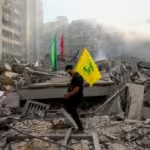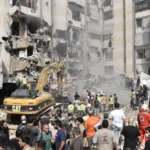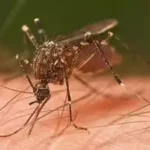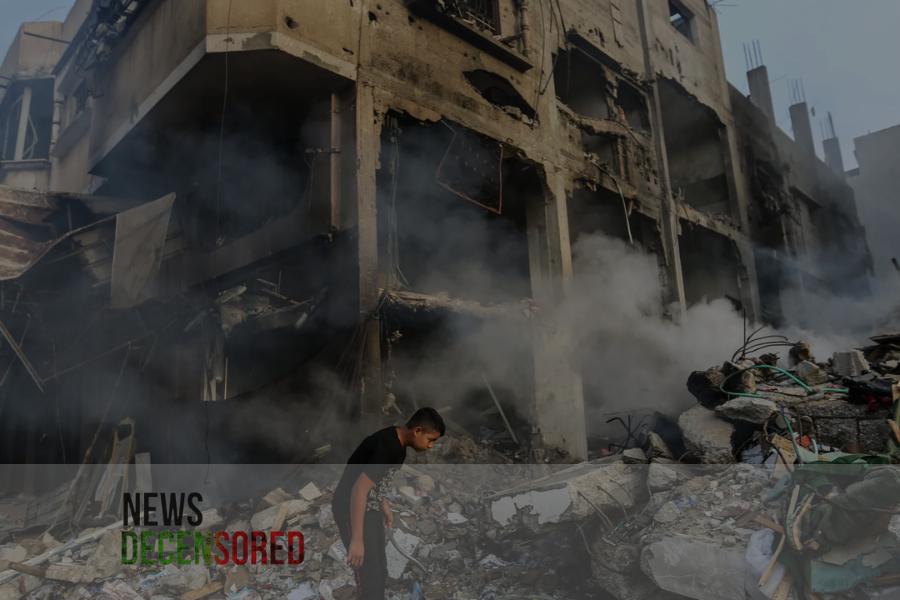A small village of Palestinians in the center of the occupied West Bank has been plunged into crisis by surging home demolitions and violent attacks by Israeli settlers. The town is now representative of many more across the area, painting a portrait of the ongoing and deepening conflict between Palestinians and Israeli settlers.
Human Cost of Demolitions
House demolitions in the Palestinian territories are nothing new, but the rate and level of intensity climbed to troubling heights recently. Israeli authorities often justify such demolitions because homes lack building permits, which Palestinians find extremely hard to get. A number of homes have been reduced to rubble in the past few months in this village at the heart of the crisis, leaving families homeless and traumatized.
To such villagers, houses symbolized much more in the form of a structure and embodied memories, culture, and a repository of personal histories. The loss of a home thus amounts to physical displacement and emotional and psychic dislocation. Most affected are the children, with disruptions to their education, and also because of the deep sense of insecurity.
Violent Settler Attacks
But what is making matters even worse for such villagers are the ever more violent attacks by Israeli settlers. Entirely ideologically motivated and sometimes armed, the settlers attack Palestinian homes and agricultural lands through physical assault, vandalism, and property damage, furthering the feeling of vulnerability and helplessness among the villagers.
International responses have ranged from condemnation of the demolitions and settler attacks by individual countries and organizations to tacit support or silence. Individual states, as well as organizations like the United Nations and human rights groups, have called for a complete halt of demolitions and an inquiry into settler violence. Most of the time, the calls are ignored, and Palestinian communities are left to their defense.
It requires resistance from the village and in villages community leaders are rebuilding the houses, providing the affected with psychological support, and fighting for their rights on international platforms. The grassroots organizations offer legal assistance and mobilize international solidarity.
However, the village’s path to lasting peace and security remains littered with obstacles. Urgent relief efforts will have to be deployed. Still, in the long term, a political solution is needed to get down to the roots of the conflict, land rights, and problems of sovereignty and mutual recognition.
This crisis in this Palestinian village underlines the need for a new impetus to dialogue and justice for the region. Unless it is broken seriously, the wheel of bloodshed and forced transfer will spread to other communities, reproducing cycles of suffering and instability that have plagued this region all too long.















